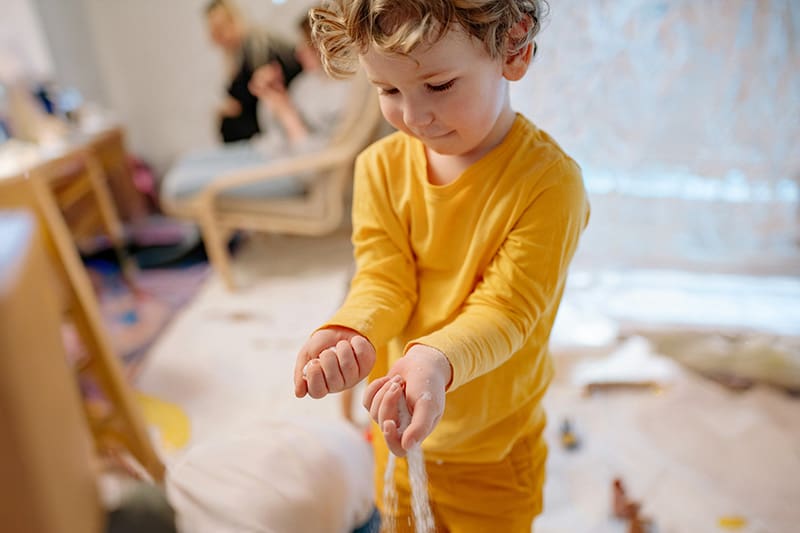In the realm of pediatric ABA (Applied Behavior Analysis) therapy, sensory social routines play an essential role in fostering meaningful communication and social interaction skills among children with Autism Spectrum Disorder (ASD). Chicago ABA Therapy incorporates these routines into their comprehensive treatment plans, recognizing their value in promoting sensory integration and social development. This article delves into the significance of sensory social routines, their implementation in therapy, and the benefits they bring to children on the autism spectrum.
What are Sensory Social Routines?
Sensory social routines are structured interactions that integrate sensory experiences with social learning to facilitate development in children with ASD. These routines are designed to help children make sense of the world around them by combining sensory input with predictable, repetitive social interactions. The goal is to improve sensory regulation and enhance communication skills, making social interactions more manageable and meaningful for children with sensory processing challenges.
The Role of Sensory Social Routines in ABA Therapy
- Enhancing Sensory Integration: Many children with ASD experience difficulties in processing sensory information. Sensory social routines help these children adapt to sensory stimuli in a controlled, repetitive manner, thereby enhancing their ability to process and respond to sensory information in everyday situations.
- Building Social Skills: These routines provide a platform for children to practice social skills such as turn-taking, eye contact, and communication in a structured setting. Over time, these skills generalize to other social settings, aiding in smoother interactions and relationships.
- Increasing Predictability and Reducing Anxiety: The repetitive nature of sensory social routines makes social interactions more predictable, significantly reducing anxiety for children with ASD who may find unpredictability in social settings stressful.
- Promoting Communication: By integrating sensory activities with social interaction, therapists can create opportunities for nonverbal children to express themselves through actions initially, gradually leading to verbal communication.
Implementing Sensory Social Routines at Chicago ABA Therapy
At Chicago ABA Therapy, sensory social routines are tailored to meet the individual needs of each child. Here’s how therapists typically implement these routines:
- Initial Assessment: Therapists conduct a thorough assessment to understand each child’s sensory preferences and social challenges.
- Routine Development: Based on the assessment, a personalized sensory social routine is developed, incorporating elements that engage the child effectively.
- Integration into Daily Therapy: These routines are integrated into daily therapy sessions, ensuring consistency and ample practice.
- Parental Involvement: Parents are trained to implement these routines at home, promoting continuity and reinforcement of skills.
Benefits of Sensory Social Routines in Pediatric ABA Therapy
- Improved Sensory Processing: Children learn to manage sensory overload and are better equipped to handle sensory stimuli in various environments.
- Enhanced Social Interactions: Regular practice of social skills in a controlled environment makes real-world interactions less daunting.
- Greater Communication Skills: As children become more comfortable with sensory input and social cues, their ability to communicate naturally improves.
- Reduced Behavioral Issues: Effective sensory regulation can lead to a decrease in behaviors caused by sensory distress or social anxiety.
Sensory social routines are a cornerstone of effective pediatric ABA therapy, offering profound benefits in sensory integration, social skills development, and overall communication. At Chicago ABA Therapy, the commitment to incorporating these routines into therapy plans underscores their dedication to providing holistic and transformative care for children with ASD. For families navigating the challenges of autism, understanding and utilizing sensory social routines can be a game-changer, paving the way for more fulfilling social interactions and an enhanced quality of life for their children.










